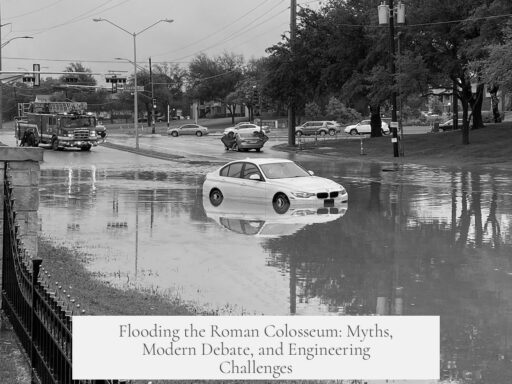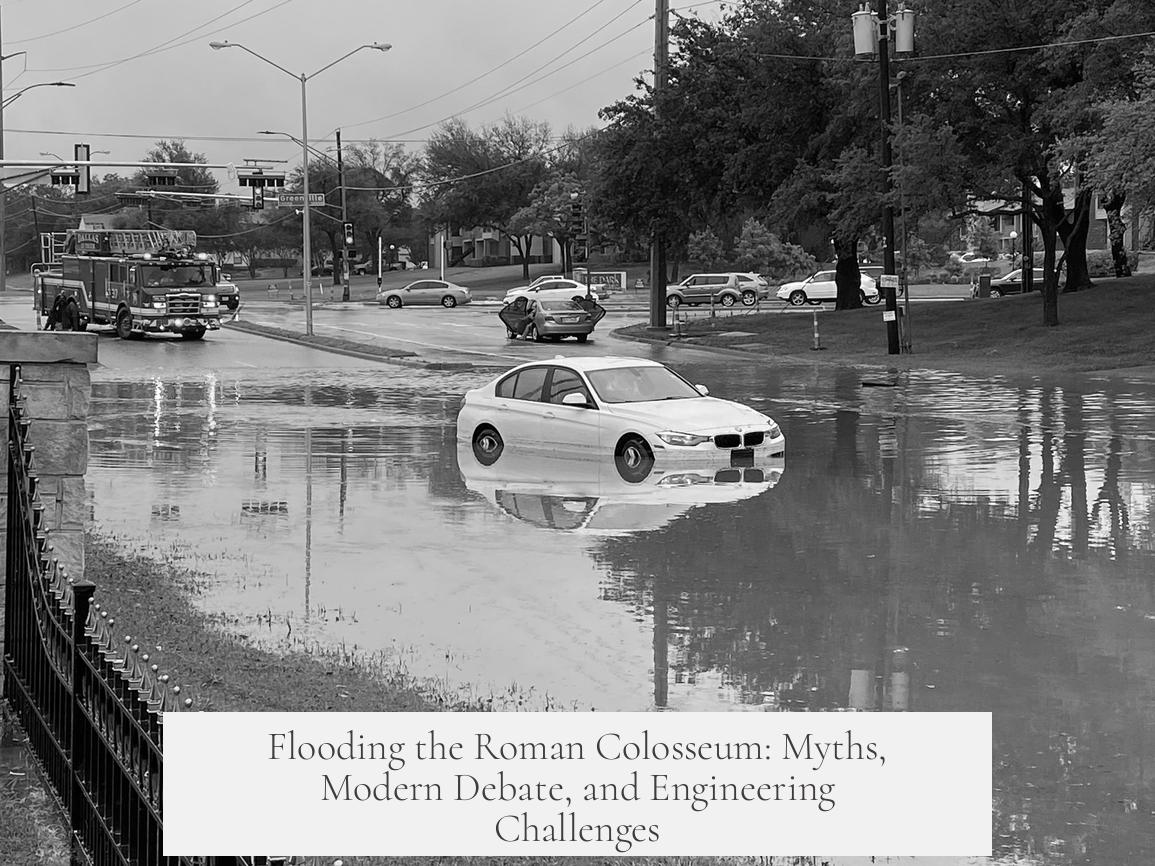The Roman Colosseum was reportedly flooded at times to stage naval battle reenactments known as naumachiae, although detailed evidence remains limited. Ancient sources and recent discussions acknowledge these events, but precise records on how frequently or extensively the Colosseum was filled with water are scarce. Flooding was not a routine practice and may have been used mainly for special occasions.
The naumachiae were elaborate spectacles simulating sea battles for Roman audiences. Historical texts confirm the use of artificial lakes elsewhere in Rome for this purpose, but direct, detailed data about the Colosseum’s flooding are limited. Engineers likely employed complex water channels or aqueduct systems to fill the arena. However, scholars debate whether the Colosseum’s architecture allowed for easy flooding or if such events were rare innovations.
Modern discussions on platforms like Reddit reflect curiosity and some skepticism about these naval reenactments. In threads such as “Were naval battles staged in the Coliseum?”, participants cite brief historical mentions but highlight that comprehensive archaeological evidence is missing. Other related discussions explore the costs and logistics of such feats without definitive conclusions.
The Colosseum’s design features a complex underground hypogeum, which might have complicated flooding the arena fully. It also raises questions about water drainage and the durability of the infrastructure. Despite these challenges, the dramatic effect of staging water battles contributed to the spectacle of Roman entertainment.
- The Roman Colosseum was at times flooded for naumachiae, reenacting sea battles.
- Clear proof and details on these events are limited and debated among scholars.
- Ancient water systems could have supported flooding, but logistical challenges existed.
- Modern discussions acknowledge these claims but highlight information gaps.
Flooding the Roman Colosseum: Fact, Fiction, or Flooded Fantasy?
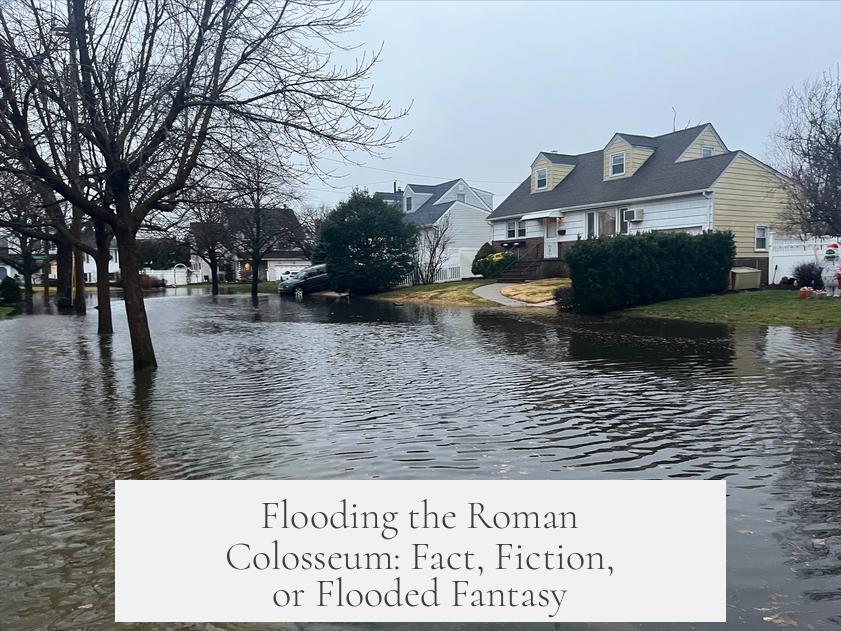
Was the Roman Colosseum really flooded for naval battles? The quick answer is yes, but—here’s the kicker—detailed proof doesn’t exactly come pouring in like water from a broken aqueduct. Let’s dive into this historical splash with a fresh perspective, separating the myth from the murky depths of practical reality.
The idea of the Colosseum filling with water to reenact spectacular naval battles—known as naumachiae—has intrigued historians and enthusiasts for centuries. But how much of this is rooted in fact, and how much is just Roman legend bobbing on the surface?
Brief Mentions, Big Impressions
Historical texts contain a few passing notes implying that the Colosseum might have been flooded. But if you’re looking for a step-by-step engineering blueprint or eyewitness testimonies? Not so much. Ancient Romans loved their grand spectacles—gladiators, beast fights, and yes, even simulated sea battles—but information about flooding the Colosseum is more of a whisper than a roar in the historical record.
These snippets often come from secondary sources or brief mentions in ancient chronicles, leaving modern historians scratching their heads. Were these naval battles staged inside the Colosseum itself, or did they happen elsewhere in Rome? Some argue that other venues were better suited for water-based events.
Reddit Gets Involved: A Modern Debate
Believe it or not, platforms like Reddit’s r/AskHistorians have become informal meeting halls for such questions. For example, threads titled “Were naval battles staged in the Coliseum?” and “How much would the Roman Colosseum cost if it were built today?” reveal lively discussions. Contributors often mention that flooding the Colosseum was possible but logistically challenging given the amphitheater’s design and infrastructure.
One user quips, “Flooding the Colosseum? Sure, if you had a single massive plug at the bottom—and even then, the crowd might prefer dry seats!” This witty observation underlines practical doubts. The Colosseum was ingeniously built with hypogeums—underground chambers for animals and gladiators—which a “proper flooding” would nullify.
The Engineering Challenge of Flooding
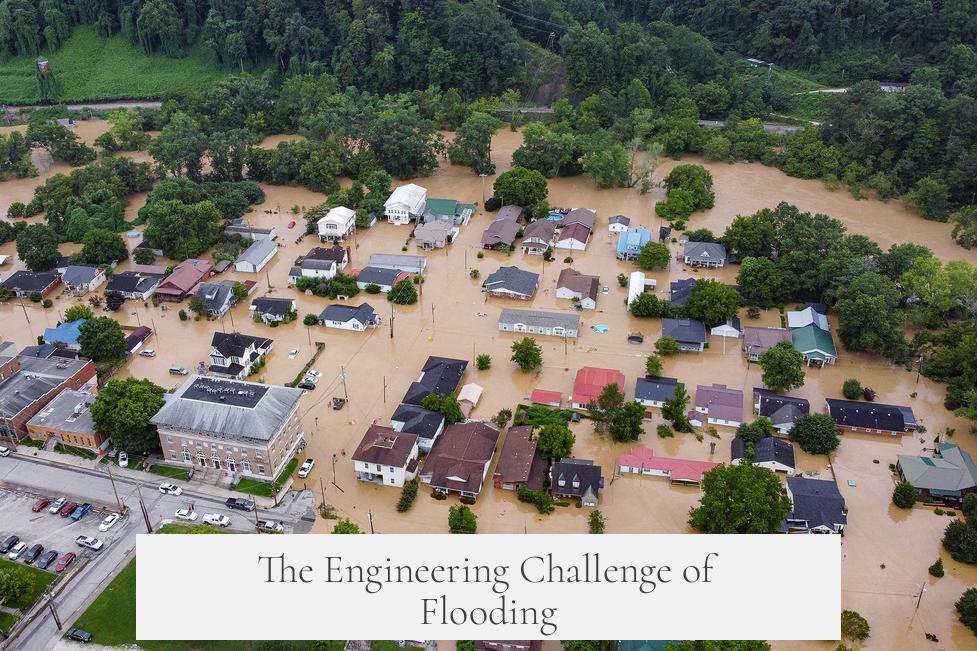
Imagine sealing off those subterranean tunnels and filling the arena basin with tons of water. The Romans had awe-inspiring waterworks, such as aqueducts and public fountains, but redirecting enough water here must have been a staggering challenge.
Early on, other venues—like Emperor Augustus’s specially designed artificial lakes for naumachiae—were known for such dramatic naval displays. That suggests the Colosseum’s flooding for naval battles might have been a later experimentation or a rare spectacle, not an everyday event.
Information Gaps: Mystery Still Floats
Historians and archaeologists acknowledge a frustrating gap in detailed data on this topic. Notes like “there’s lots of room for more info” underscore the need for deeper dives into ancient engineering records, archaeological digs, and re-analysis of battlefield re-enactment accounts.
Could new discoveries reveal hidden canals or water management systems beneath the Colosseum? Possibly. Could some references actually blur the lines between the Colosseum and other naval battlegrounds in Rome? Also plausible. Answering these questions requires a blend of historic detective work and modern technology.
Why Does This Matter Today?
Understanding whether the Colosseum was flooded isn’t just an academic curiosity. It illustrates the Romans’ appetite for spectacle and their engineering prowess—or limits. For tourists marveling at its ruins, imagining the arena momentarily transformed into a mini-sea filled with ships adds a splash of wonder to the stone walls.
Practically, a flooded Colosseum means rethinking what the amphitheater was for. Was it a multi-purpose venue akin to a modern stadium with versatile setups? Or was it mostly for dry-land duels and spectacles, with water displays reserved for specialized arenas?
A Fresh Take: Could We Flood the Colosseum Today?
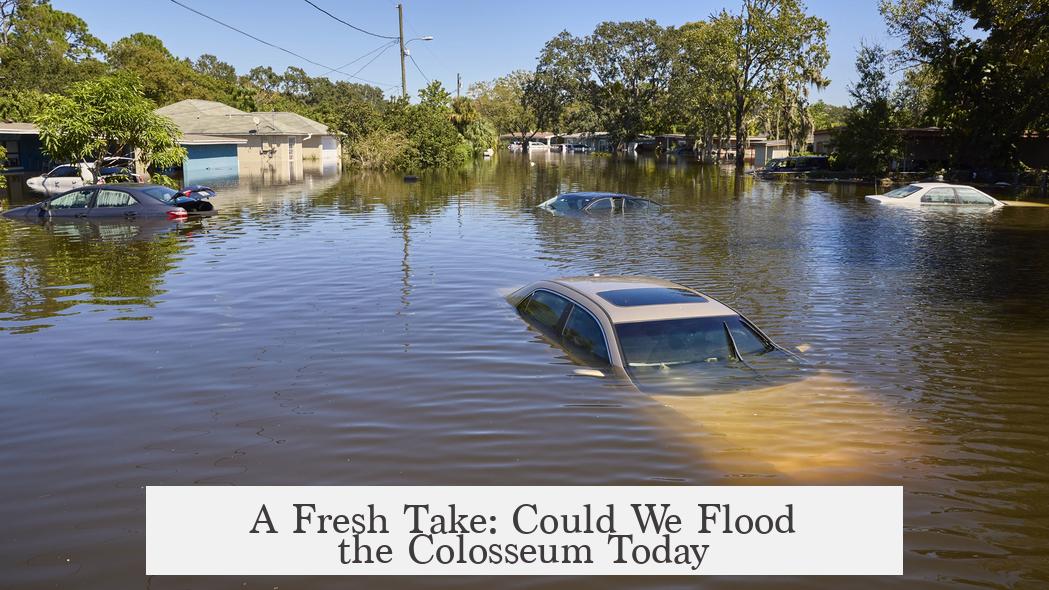
Here’s a fun question: if we tried replicating the flooding today, could modern engineers pull it off? The hypogeum, now an archaeological site, forbids it. Plus, conservation efforts and UNESCO protections mean flooding the site would be a no-go—no matter how enticing the reenactment.
But theoretically, future technology might simulate naval battles with virtual reality, preserving the experience without the water damage. Now, this would be a modern twist on an ancient show—less wet, just as thrilling!
Key Takeaways
- The Colosseum was reportedly flooded for naval battles but detailed proof is scarce.
- Such events likely required enormous logistical effort, probably performed in other venues too.
- Reddit discussions highlight popular curiosity and some skepticism about flooding the Colosseum.
- Modern engineering and conservation rule out recreating flooded spectacles today.
- The topic remains an exciting historical mystery waiting for more evidence.
So next time you picture the Roman Colosseum, why not imagine ships bobbing amid roaring crowds? It’s a watery fantasy that sparks curiosity, connects us to ancient creativity, and reminds us how Roman entertainment could be larger-than-life—even if the waters stay beneath the surface for now.
